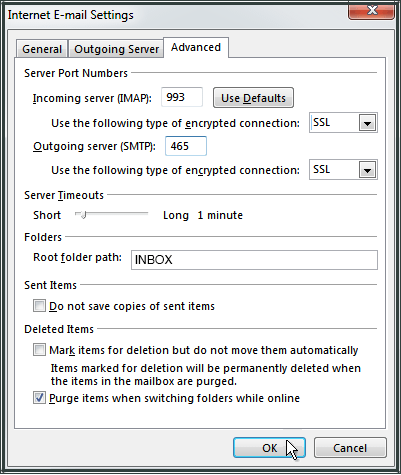

The second is to create your own form from scratch. The first is to use or modify a standard form. With Outlook 2013, you can employ two basic strategies for form development. It also examines the types of forms that you can modify and create and how the forms are created, published, and stored. This chapter discusses using Outlook 2013 forms as part of a software solution for individual computing needs. With their versatility and ease of use, forms offer a revolutionary approach, and you can unlock their power with several mouse clicks and some solid planning. It’s still true, however, that a lot of programs used all over the world can be accessed only with screens that provide monochrome text and puzzling menus with strange codes and submission sequences. If you aren’t comfortable programming with Microsoft Visual Basic for Applications (VBA), don’t worry-you can accomplish a lot with custom forms without ever writing a single line of program code.įorms are such a normal part of everything we do on computers that we sometimes take them for granted. This chapter starts you on the right path by explaining how Outlook 2013 uses forms and how you can customize them to suit your needs. The changes you make can be simple or complex: You might add one or two fields to the standard contact form, or you might add a considerable amount of program code to allow Outlook 2013 to perform custom tasks or interact with other Microsoft Office 2013 system applications. Whatever your situation, you can easily make changes to the existing Outlook 2013 forms, or you can even design new ones. Maybe you simply want to fine-tune your forms to add your company logo, special instructions, or warnings for users.

Perhaps you need an easier way for users to perform mail merge operations with Microsoft Word 2013 and Outlook 2013 contact lists.

In such cases, you have ample opportunity to extend the functionality of Outlook 2013 through custom design and programming.įor example, you might need to add some fields to your message forms or your meeting request forms. Others, however, have special needs that Outlook 2013 does not address, perhaps because of the way these organizations do business or because of specific requirements in their particular industries. In fact, many organizations don’t need anything beyond what Outlook 2013 offers right out of the box. Overview of standard forms, item types, and message classesĬreating custom forms from standard formsĮVEN without any custom programming, Microsoft Outlook 2013 provides an excellent set of features.


 0 kommentar(er)
0 kommentar(er)
